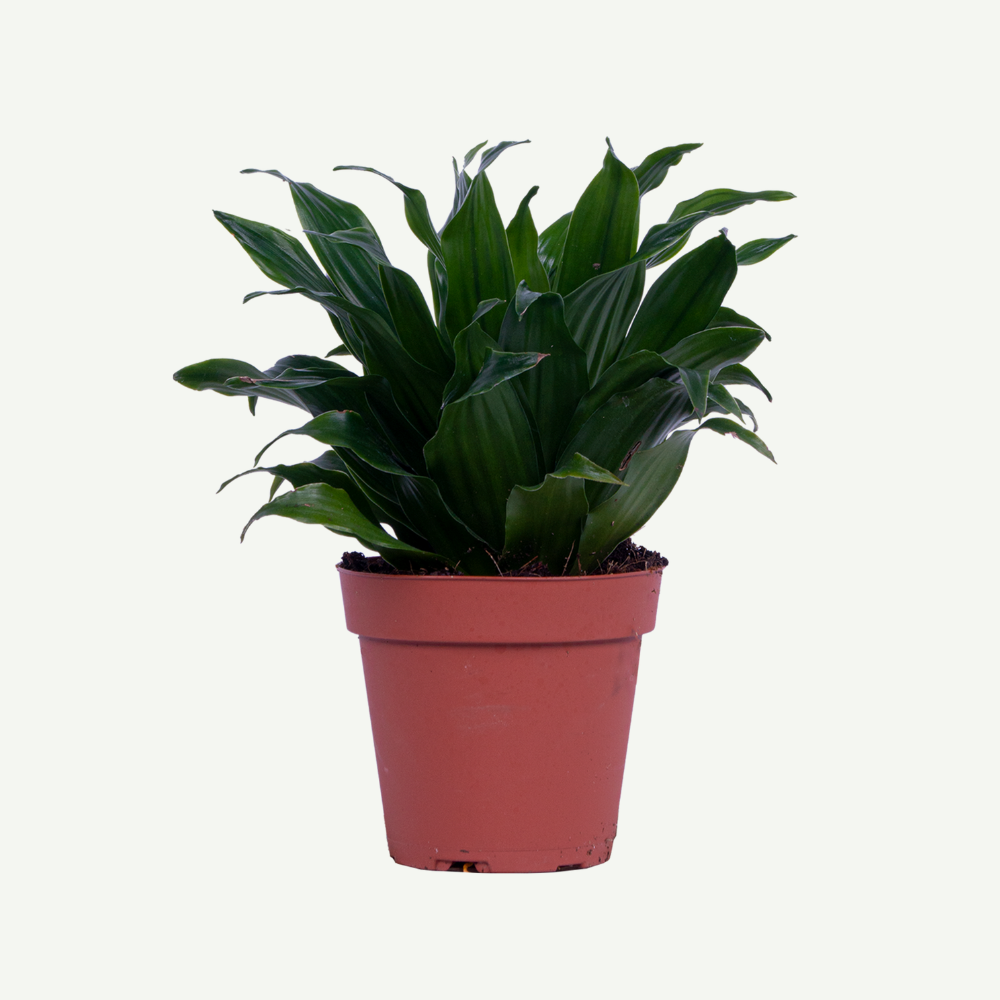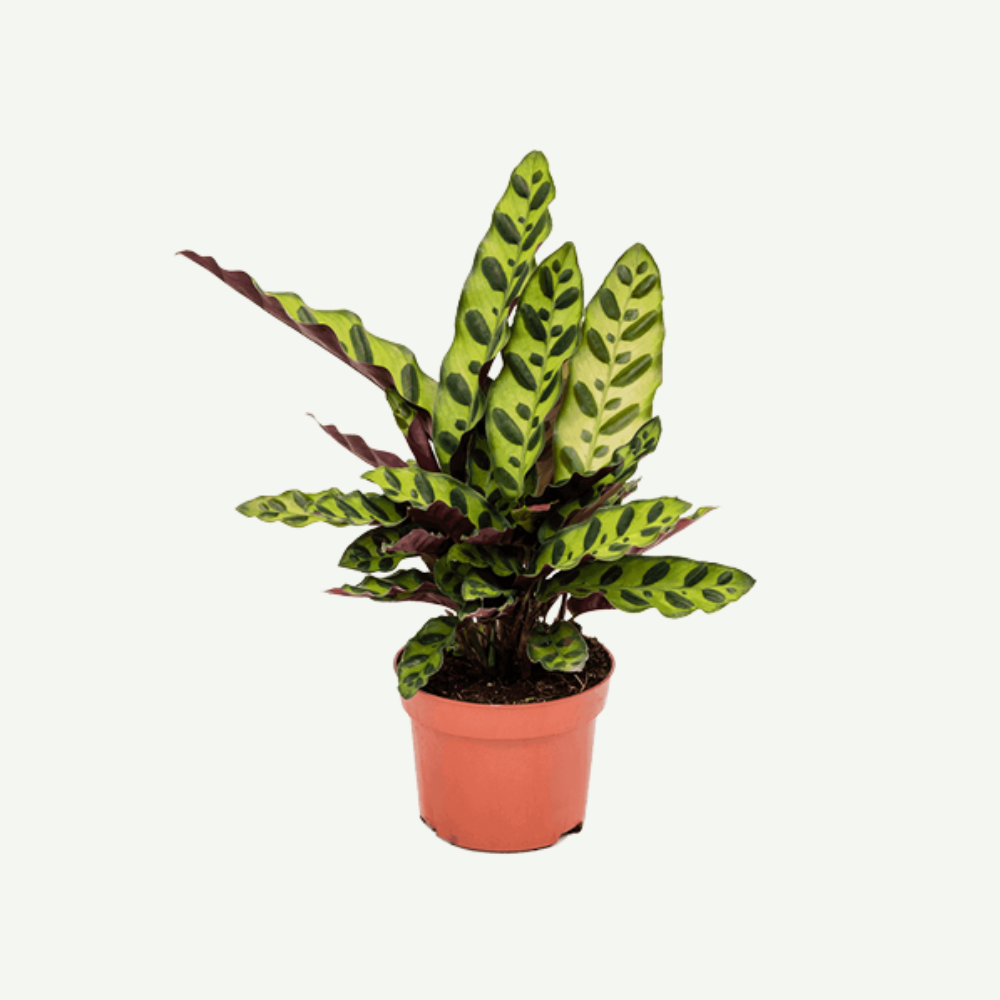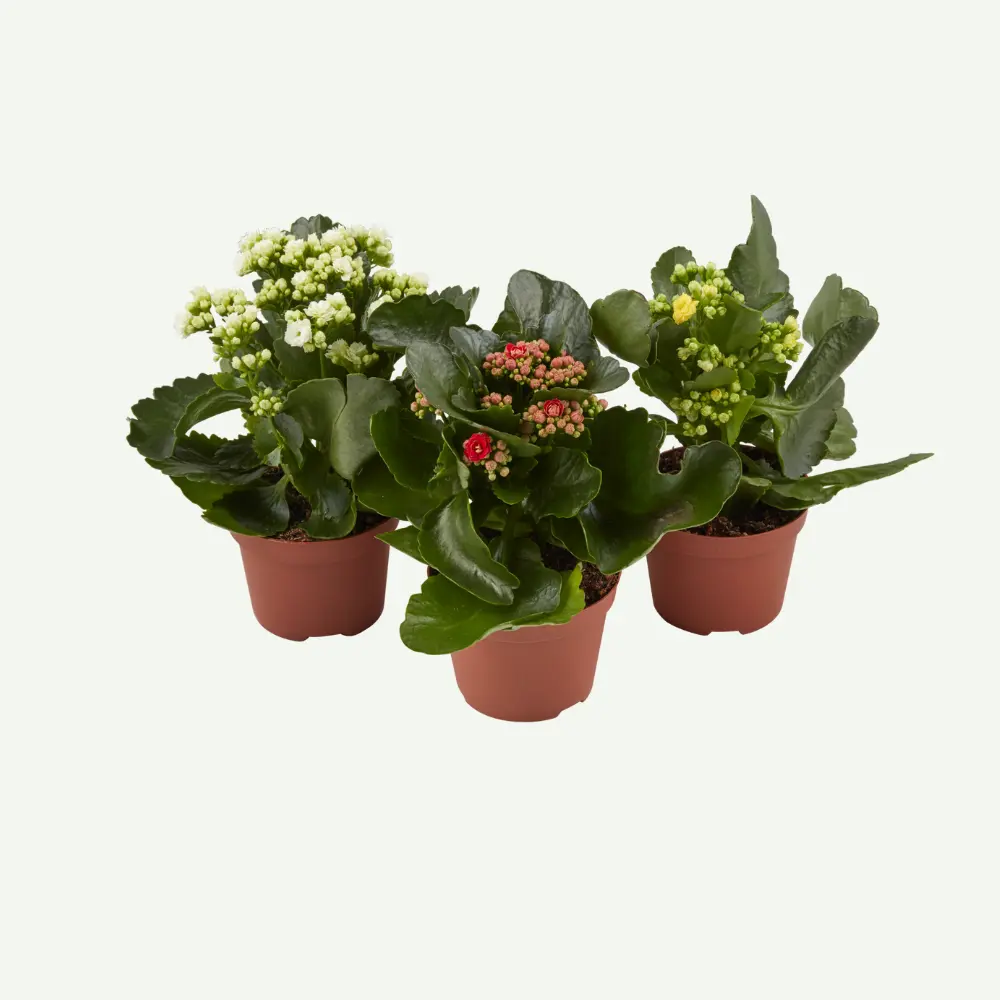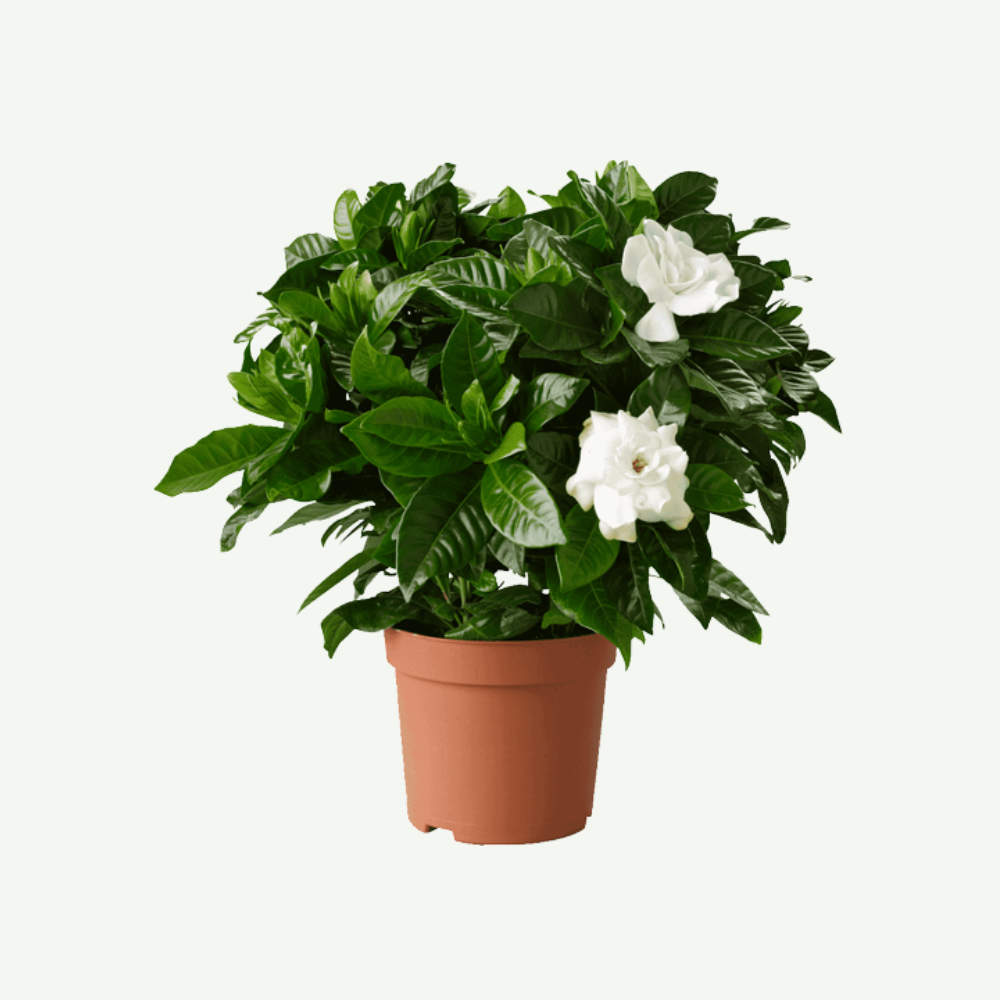Monstera, scientifically known as Monstera deliciosa, is a popular and iconic tropical houseplant from the Araceae family. Native to the rainforests of Central and South America, the Monstera has gained widespread popularity for its large, uniquely shaped leaves with beautiful fenestrations (natural holes and splits) that give it a distinct and striking appearance. It is commonly referred to as the Swiss Cheese Plant due to the holes in its leaves, which resemble the holes in Swiss cheese.
Care of Monstera:
Light : This Plant prefers bright, indirect light. Avoid placing it in direct sunlight for extended periods, as this can lead to sunburn on the leaves. It can tolerate lower light conditions but may exhibit slower growth and smaller leaves.
Temperature : This Plant thrives in average room temperatures between 65°F to 80°F (18°C to 27°C). It can tolerate slightly cooler temperatures, but frost or freezing temperatures should be avoided.
Watering : Allow the top inch of the soil to dry out before watering again. It prefers slightly moist soil but can tolerate some drying out between waterings. Overwatering can lead to root rot, so it’s essential to avoid waterlogged soil.
Humidity : This plant appreciates higher humidity levels, as it mimics its tropical habitat. Regular misting or placing the plant in a location with increased humidity, such as a bathroom or near a humidifier, can be beneficial.
Soil : A well-draining potting mix formulated for tropical plants is suitable for this plant. A mix that retains some moisture without becoming waterlogged works well.
Fertilization : Fertilize this plant every 4-6 weeks during the active growing season (spring and summer) with a balanced, diluted liquid fertilizer. Avoid overfertilization, as excessive nutrients can harm the plant.
Light : This Plant prefers bright, indirect light. Avoid placing it in direct sunlight for extended periods, as this can lead to sunburn on the leaves. It can tolerate lower light conditions but may exhibit slower growth and smaller leaves.
Temperature : This thrives in average room temperatures between 65°F to 80°F (18°C to 27°C). It can tolerate slightly cooler temperatures, but frost or freezing temperatures should be avoided.
Watering : Allow the top inch of the soil to dry out before watering again. It prefers slightly moist soil but can tolerate some drying out between waterings. Overwatering can lead to root rot, so it’s essential to avoid waterlogged soil.
Humidity : This Plant appreciates higher humidity levels, as it mimics its tropical habitat. Regular misting or placing the plant in a location with increased humidity, such as a bathroom or near a humidifier, can be beneficial.
Soil : A well-draining potting mix formulated for tropical plants is suitable for This Plant. A mix that retains some moisture without becoming waterlogged works well.
Fertilization : Fertilize This Plant every 4-6 weeks during the active growing season (spring and summer) with a balanced, diluted liquid fertilizer. Avoid overfertilization, as excessive nutrients can harm the plant.
Characteristics of Monstera:
Distinctive Foliage : This plant is instantly recognizable by its large, glossy, dark green leaves that have unique splits and holes. These holes and splits vary in size and shape, giving the plant its common nickname, the “Swiss cheese plant.”
Vine-Like Growth : In its natural habitat, this plant is a climbing plant that can grow up trees or other support structures. Indoors, it’s often trained on stakes or allowed to trail, creating an attractive, vine-like appearance.
Low-Maintenance : This plant is known for its low-maintenance nature. It is relatively easy to care for and can thrive in various indoor environments with minimal attention.
Air-Purifying : Like many other houseplants, this plant is effective at purifying indoor air by removing certain pollutants and toxins, which can contribute to improved indoor air quality.
Adaptable to Light Conditions : This plant can tolerate a range of light conditions, from bright, indirect light to lower light levels. While it prefers indirect or filtered light, it can adapt to different lighting situations.
Aerial Roots : It produces aerial roots that can be used for climbing in its natural habitat. These roots can also be an attractive and unique feature in indoor settings.
Moderate Size : Depending on the growing conditions, this plant can reach a moderate size as a houseplant. It is ideal for those looking to add a touch of the tropics to their indoor spaces without overwhelming the room.
Exotic Appearance : Monstera’s exotic and tropical appearance makes it a popular choice for interior decoration, and its unique leaves add a touch of sophistication and style to a room.
Potential for Fruit : While it is primarily grown for its ornamental value, it can produce fruit in certain conditions. The fruit, known as “Monstera deliciosa,” has a unique appearance and a flavor similar to a combination of pineapple and banana.
Versatility : This plant is versatile and can be incorporated into a variety of interior design styles, from modern and minimalist to bohemian and tropical.
Propagation : This plant can be propagated relatively easily through stem cuttings, making it an excellent choice for those looking to share or expand their plant collection.
Monstera’s unique and exotic appearance, along with its ease of care, has made it a favorite among plant enthusiasts and interior decorators. Its distinct foliage and low-maintenance nature make it a welcome addition to a wide range of indoor settings.
Landscape Use of Monstera :
Shaded Garden Beds : In regions with a mild or tropical climate, you can plant this plant in shaded or partially shaded garden beds. Its large, distinctive leaves and unique appearance can add a touch of lushness and tropical charm to shaded garden areas.
Understory Plant : This plant can be used as an understory plant in gardens with taller trees or shrubs. It thrives in filtered light conditions beneath taller vegetation, contributing to the exotic and jungle-like feel of the garden.
Container Gardens : Plant Monstera in large pots or decorative containers to place on patios, decks, or in courtyard gardens. Its bold and artistic leaves make it an eye-catching focal point in outdoor living spaces.
Tropical Garden Theme : Incorporate this plant into a tropical garden theme. Combine it with other tropical plants like ferns, palms, and colorful bromeliads to create a lush and exotic garden landscape.
Vertical Gardens : This plant can be incorporated into vertical garden structures, such as trellises or living walls. Its unique appearance and distinctive foliage can contribute to a lush and visually appealing vertical garden design.
Indoor/Outdoor Transition Areas : Place this plant in covered outdoor spaces like verandas or screened-in porches, where it can thrive in a sheltered environment while providing a bridge between the indoor and outdoor living areas.
Educational Gardens : This plant can be used in botanical gardens, public parks, or educational institutions to educate visitors about the diversity of plant species and to showcase its unique appearance and adaptability.
When incorporating this plant into landscape or garden designs, it’s essential to consider the local climate. While it can thrive outdoors in mild and tropical regions, it’s not suitable for areas with frost or extreme cold. Ensure that the planting area has well-draining soil and provides protection from strong winds and excessive sun exposure, as Monstera prefers indirect or dappled light and can be sensitive to harsh conditions.
Additionally, regular watering, maintaining adequate humidity, and protecting the plant from pests are key aspects of its care when used in landscape settings. This plant is known for its bold appearance and adaptability, making it a versatile addition to both indoor and outdoor spaces in the right climate
This plant is primarily grown as an indoor houseplant due to its sensitivity to cold temperatures and frost.
It is often used in homes, offices, and other indoor spaces, where its large and decorative leaves add a touch of tropical beauty and create a lush and vibrant atmosphere.
Overall, this plant (Monstera deliciosa) is a popular and impressive houseplant that has captured the hearts of plant enthusiasts and interior designers alike. Its unique and ornamental leaves, along with its easy-care nature, have made it a sought-after choice for those seeking to bring a touch of the jungle into their living spaces.






Reviews
There are no reviews yet.